Dendrobium orchid care
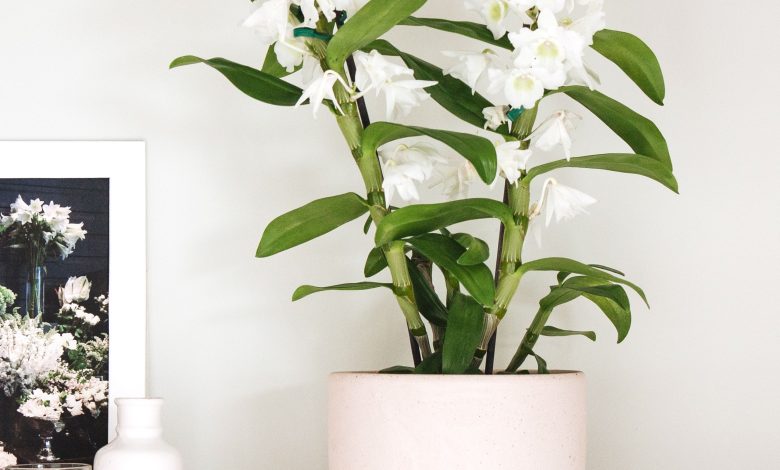
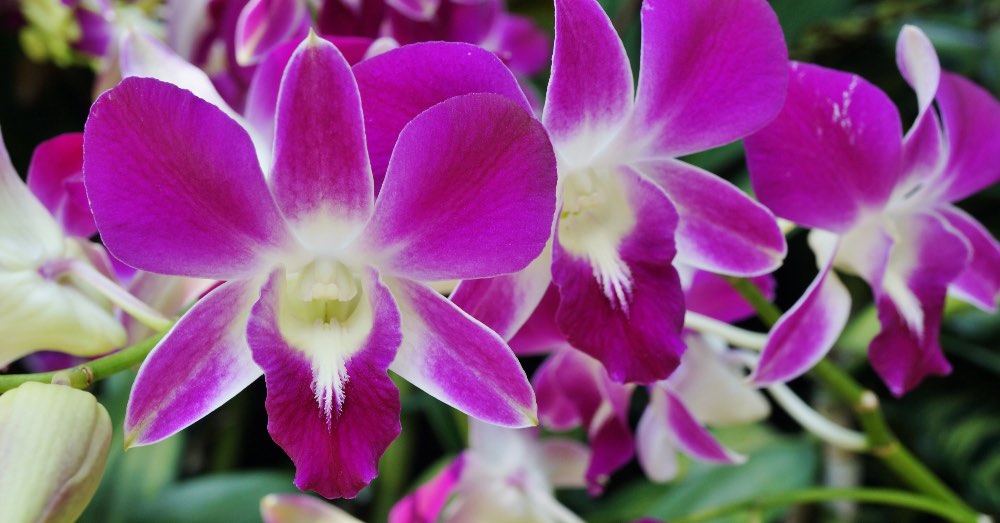
They are, among the different types of orchids, the most popular along with the Phalaenopsis. And it’s not just because its flowers are incredibly beautiful. In addition, the care of the Dendrobium orchid is considered the simplest within this family of plants with a reputation for being complicated and capricious. And, although it is true that caring for orchids is not as difficult as is widely believed, this beauty of nature makes it even easier for us.
Far from being present in a single place in the world, Dendrobium orchids populate a good number of geographical areas in the wild. From India to the south of China, passing through the Pacific islands, or Australia. A perfectly logical dispersion if we consider that, within this family, there are no less than 1,500 different species that have adapted to both tropical climates and others that are much less warm. But, apart from the differences, there is something that the vast majority of Dendrobium orchids have in common: they are epiphytes. The meaning of its name couldn’t be clearer: Dendrobium translates to «living on trees. «
So let’s see how to grow this natural beauty in a pot. A way to enjoy the exoticism of a flowering that is difficult to resist.
CARE OF THE DENDROBIUM ORCHID ACCORDING TO THE TYPE OF PLANT
Let’s start by saying that, within Dendrobium orchids, a differentiation must be made. Within this category that we cultivate as part of our indoor plants, two important differences must be made according to their morphology. On the one hand, we have the hard cane Dendrobium: plants that do not lose their leaves with the arrival of winter, and that are characterized by spindly and tall pseudobulbs. Another characteristic of this category of orchids is that the leaves are dark green.
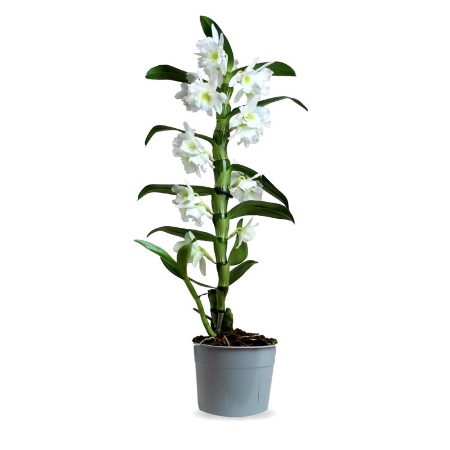
What is really surprising is knowing the Dendrobium of soft cane: some orchids whose fundamental peculiarity is that, with the arrival of the cold, they can lose their leaves to regrow in spring. A little known detail that can sometimes confuse us, believing that our plant has died due to not having followed the care of the Dendrobium orchid in detail. In addition to this, its leaves are somewhat lighter and its pseudobulbs are, fundamentally, leafy. One of the most popular representatives in this category is Dendrobium Nobile.
Once this differentiation is understood, let’s see the specific care of the Dendrobium orchid according to its type.
A. Soft Cane Dendrobium Orchid Care
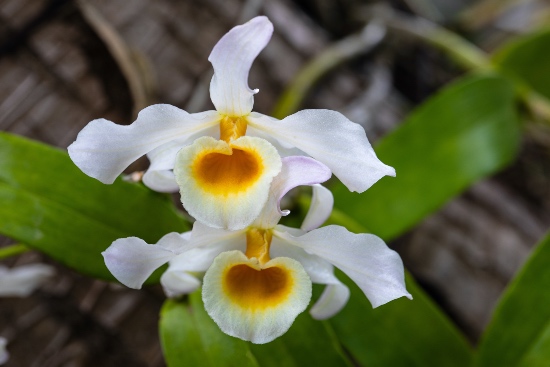
1. Regular irrigation according to the time of year
Unlike other orchids, in the case of the hard cane Dendrobium, the irrigation pattern is linked to its vegetative moment. Although during its growing season the ideal is a weekly watering, with the arrival of autumn it is essential to reduce the water pattern.
Once it has lost the leaves, we will only water again if we observe that the pseudobulbs begin to wither.
2. Abundant and indirect light, fundamental in the care of the Dendrobium orchid
It is a great demander of light, but it can never receive sunlight at the risk of burning its leaves. If we place it near a window, it will be essential to filter the light with a curtain.
3. Quality substrate, crucial for its development
Although in nature they grow without substrate, in their domestic cultivation they do need it. In order for it to fulfill its function correctly, it should not be compacted excessively as this detail will prevent the correct oxygenation of the roots and the evacuation of water.
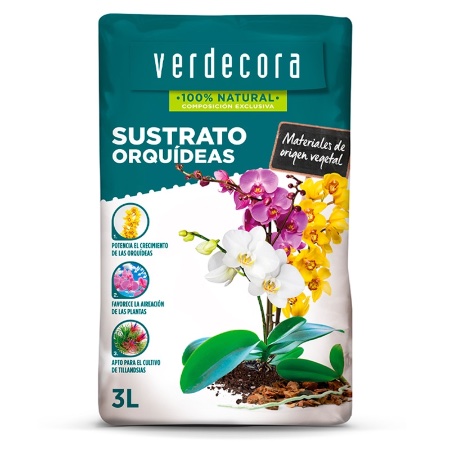
4. High ambient humidity, key to its development
The Dendrobium orchid is demanding when it comes to environmental humidity, so the ideal is to create a humid microclimate around it. This is the only way its leaves will stay properly hydrated.
5. Cool temperatures, the secret of its flowering
Unlike other types of orchids, the Dendrobium does well with changes in temperature during the flowering season. This means that we can even expose it to 10 degrees at night, and maximum temperatures of 30 during the day.
B. Hard Cane Dendrobium Orchid Care
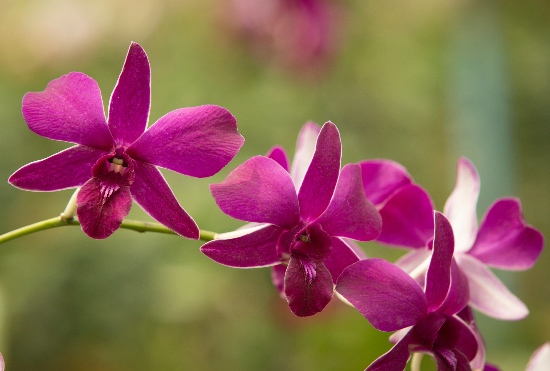
1. Irrigation throughout the year, the main difference
Unlike its deciduous counterparts, the evergreen Dendrobium does require regular watering throughout the year. Although it is true that it is anecdotal in the winter months, they should be regular in the growth period and somewhat less in autumn.
2. Same substrate as its soft cane sisters
In this aspect, the hard cane ones do not present many differences with respect to the soft cane ones.
Beyond that, as in the case of the latter, it is important to renew it every maximum two years; Another important aspect must be taken into account. This orchid does not like to have excessively large pots if its roots cannot fill them. A detail to consider when transplanting and changing the substrate.
3. Abundant light but without excesses
Another important difference in their cultivation. Hard cane Dendrobiums do not need as much light as the others, so they are not as demanding in this regard.
4. Environmental humidity in the same range as those of soft cane
As with the deciduous ones, we will have to guarantee our Dendrobium a good environmental humidity.
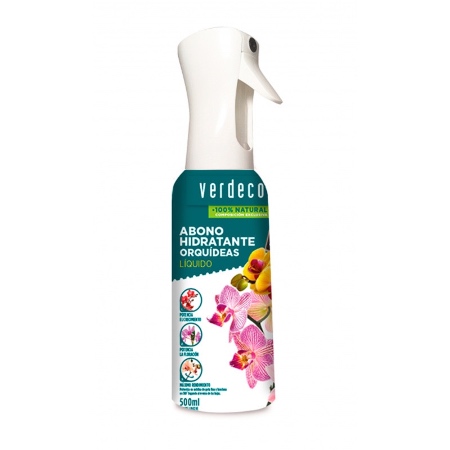
5. Cool temperatures but without excesses
Another important difference. For these orchids, we will have to guarantee a temperature guideline between a maximum of 30 and a minimum of 16 degrees.
6. Fertilizer during the flowering season, fundamental
A crucial detail in the care of the hard cane Dendrobium orchid. To promote flowering, it is vital to rigorously follow a constant pattern of fertilizer both in the growing months and in the cold months.
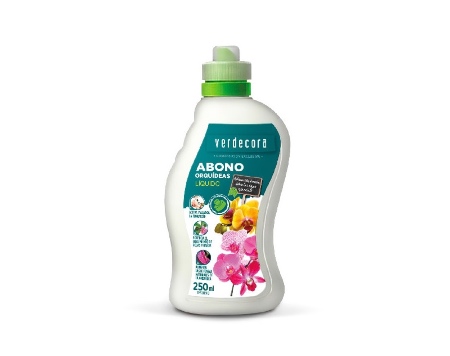
During the summer, the ideal is to apply a fertilizer schedule every three weeks. During the winter, one every five weeks will suffice. As important as this is knowing the right orchid fertilizer for each time of the year. An authentic guarantee to know that we are giving our plant the specific nutrients it needs at each moment of its vegetative cycle.
And if one thing is clear, it is that, whether they are evergreen or deciduous, the Dendrobium orchid is a perfect plant even for those who are just starting out in the cultivation of these natural beauties.
Do you dare to enjoy its appeal?

![Photo of How to Plant the Money Plant: [Method, Care and Complete Guide]](https://www.complete-gardening.com/wp-content/uploads/2022/08/how-to-plant-the-money-plant-method-care-and-complete-guide-390x220.jpg)
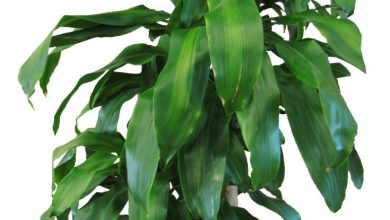

![Photo of Orange Tree Diseases: [Characteristics, Types, Detection and Treatment]](https://www.complete-gardening.com/wp-content/uploads/2022/08/orange-tree-diseases-characteristics-types-detection-and-treatment-390x220.jpg)